Why Do Women Get Periods
Why Do Women Get Periods? Unpacking the Menstrual Cycle
If you've ever wondered, "Why do women get periods?" you are definitely not alone. It's one of the most fundamental biological processes, yet for many, the exact mechanism remains a bit of a mystery. Essentially, the menstrual cycle is the body's highly organized plan for potential pregnancy, happening month after month.
This process is far more sophisticated than just simple bleeding. It involves a complex, perfectly timed interaction between hormones and organs. Think of it as a four-part play where hormones are the directors and the uterus is the main stage.
Let's dive into the fascinating science behind menstruation and understand exactly why this regular event occurs.
The Biological Basics: What Exactly Is a Period?
A period, or menstruation, is the final stage of a larger process known as the menstrual cycle. This cycle typically lasts around 28 days, though variations between 21 and 35 days are considered completely normal.
When you experience bleeding, it's the body shedding the inner lining of the uterus, called the endometrium. This lining is rich in blood and nutrients, and it was meticulously built up over the preceding weeks to host a fertilized egg.
If conception does not occur, the body realizes this prepared environment is no longer needed. Therefore, the body decides to clean house and start fresh for the next cycle, resulting in the menstrual flow.
The Ultimate Goal: Preparing for Pregnancy
The primary reason why women get periods is tied directly to fertility. Every month, the body gears up for the possibility of hosting a pregnancy. If that possibility doesn't materialize, the system resets.
This systematic preparation involves several distinct stages, each controlled by fluctuating hormone levels. Understanding these stages gives a complete picture of why the shedding—the period itself—is necessary.
The Four Phases of the Menstrual Cycle
The entire menstrual cycle is broken down into four distinct phases. These phases cycle continuously from the onset of puberty until menopause.
Here is how the cycle typically progresses:
- Menstruation
- The Follicular Phase
- Ovulation
- The Luteal Phase
Phase 1: Menstruation (The Bleeding)
This is the phase most people identify as "the period." It usually lasts between three and seven days. Bleeding occurs because hormone levels (specifically progesterone and estrogen) drop sharply, signaling to the uterus that no pregnancy occurred.
When these hormone levels crash, the thick, prepared uterine lining breaks down and is expelled through the vagina. This marks the beginning of the entire cycle, even though it feels like the end.
Phase 2: The Follicular Phase (Building Up)
This phase overlaps with menstruation and continues until ovulation. During the follicular phase, a hormone called Follicle Stimulating Hormone (FSH) tells the ovaries to prepare follicles—tiny sacs containing immature eggs.
As these follicles grow, they produce a surge of estrogen. Estrogen is the building hormone; its main job here is to repair the damage left after menstruation and build a brand new, thick, nutrient-rich lining in the uterus, getting ready for the next attempt at pregnancy.
Phase 3: Ovulation (The Main Event)
Ovulation is the brief window when the cycle reaches its maximum fertility potential. Triggered by a dramatic spike in Luteinizing Hormone (LH), the ovary releases a mature egg.
This egg travels down the fallopian tube, where it waits to potentially meet sperm. Ovulation usually occurs about 14 days before the start of the next period, regardless of the overall cycle length.
Phase 4: The Luteal Phase (Waiting Time)
Once the egg is released, the empty follicle transforms into something called the corpus luteum. This little structure immediately starts pumping out high levels of progesterone, the other major sex hormone.
Progesterone's role is crucial: it maintains the thick uterine lining, making it soft and sticky—the perfect "bed" for a fertilized egg. This is why many women experience PMS symptoms during this phase; the elevated hormones can affect mood and physical comfort.
If pregnancy occurs, the corpus luteum stays put and continues producing progesterone. If the egg is not fertilized, the corpus luteum shrivels up. Consequently, progesterone levels plummet, the lining is no longer supported, and the cycle starts over with menstruation. This is ultimately why women get periods.
The Hormonal Symphony: Who's Conducting the Show?
The entire menstrual cycle is orchestrated by four primary chemical messengers, or hormones, that communicate between the brain, the ovaries, and the uterus.
Without these finely tuned signals, the body wouldn't know when to build the lining or when to shed it. The brain's pituitary gland and hypothalamus essentially manage the operation.
The key players involved in deciding why women get periods include:
- **Estrogen:** The "builder" hormone. It dominates the first half of the cycle, thickening the uterine lining and promoting follicle growth.
- **Progesterone:** The "maintainer" hormone. It dominates the second half (luteal phase), keeping the lining stable and ready for implantation. Its drop triggers the period.
- **Follicle Stimulating Hormone (FSH):** Initiates the growth of egg follicles in the ovaries at the start of the cycle.
- **Luteinizing Hormone (LH):** Triggers the release of the mature egg from the ovary (ovulation).
When hormone levels are balanced, the cycle flows smoothly. When they are out of sync, it can lead to irregular periods or discomfort.
When Does This All Stop?
This monthly cycle of preparation and shedding is designed for a woman's reproductive years. Eventually, the supply of eggs diminishes and the body transitions out of the fertile stage.
This transition is known as perimenopause, culminating in menopause—defined as 12 consecutive months without a period. Menopause typically occurs around the age of 51, though timing varies greatly between individuals.
Once a woman reaches menopause, hormone production drops permanently. Consequently, the uterine lining no longer builds up significantly, and the monthly need to shed the endometrium ceases. Therefore, once menopause is reached, the question of "Why Do Women Get Periods?" becomes a historical biological fact rather than a current reality.
Conclusion: The Necessity of Shedding
In short, the entire elaborate process that leads to menstruation exists for one crucial reason: reproduction. Every month, the body invests resources in building a hospitable home for a potential baby, driven by the ebb and flow of estrogen and progesterone.
The period itself—the bleeding—is simply the biological mechanism for clean-up and renewal. If the fertilized egg doesn't arrive, the prepared environment is safely discarded so the body can immediately begin preparing the next fresh start.
Understanding why women get periods not only demystifies the bleeding but also provides crucial insight into the incredible intelligence and precision of the female body.
Frequently Asked Questions About Menstruation
- What is the difference between the menstrual cycle and the period?
- The menstrual cycle is the entire sequence of hormonal and physical changes, lasting about a month. The period is just one part of that cycle—the phase of active bleeding when the uterine lining is shed.
- How long should a normal period last?
- While it varies, a period typically lasts between 3 and 7 days. If your period suddenly changes significantly in length or flow, it's worth speaking to a doctor.
- Is it normal for my cycle to be irregular?
- Slight variations in cycle length are normal, especially in the years immediately following puberty or leading up to menopause. However, consistently irregular cycles (e.g., shorter than 21 days or longer than 35 days) should be discussed with a healthcare provider, as they can sometimes indicate hormonal imbalances.
- Why Do Women Get Periods at puberty?
- Puberty marks the point when the brain matures enough to start signaling the pituitary gland, which in turn starts releasing the hormones (FSH and LH) necessary to initiate ovarian function and the monthly cycle of preparation.
Why Do Women Get Periods
Why Do Women Get Periods Wallpapers
Collection of why do women get periods wallpapers for your desktop and mobile devices.

Vivid Why Do Women Get Periods Artwork Collection
Transform your screen with this vivid why do women get periods artwork, a true masterpiece of digital design.
:max_bytes(150000):strip_icc()/period-myths-2721944-v1-5e955f63fde542648f512919e2b2ef05.jpg)
Serene Why Do Women Get Periods Wallpaper Art
Explore this high-quality why do women get periods image, perfect for enhancing your desktop or mobile wallpaper.

High-Quality Why Do Women Get Periods Capture for Mobile
Discover an amazing why do women get periods background image, ideal for personalizing your devices with vibrant colors and intricate designs.
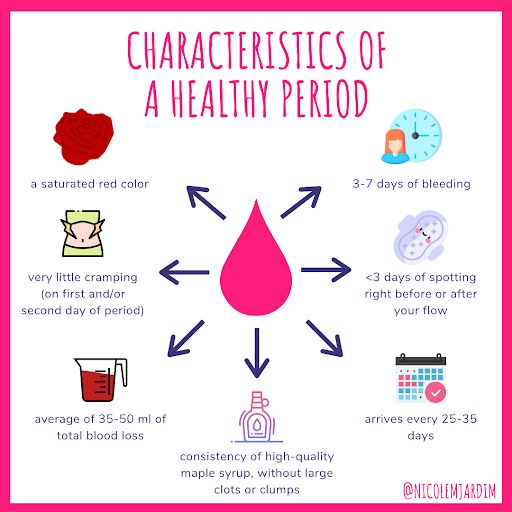
Crisp Why Do Women Get Periods Abstract Digital Art
A captivating why do women get periods scene that brings tranquility and beauty to any device.
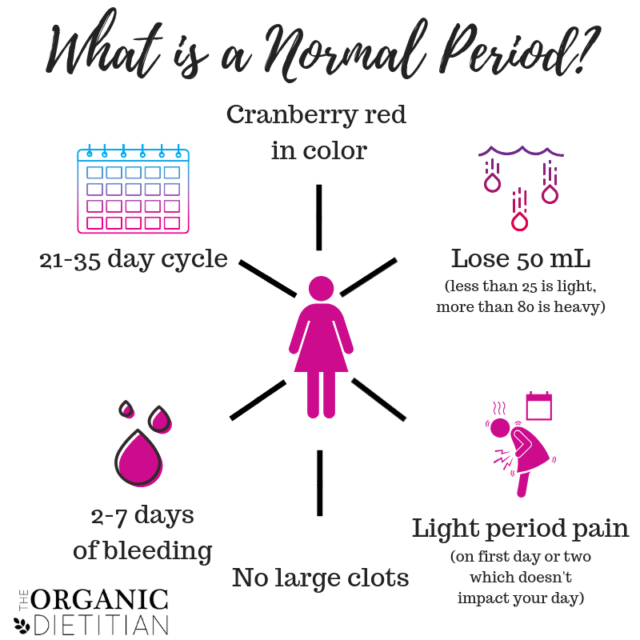
Stunning Why Do Women Get Periods Design Illustration
This gorgeous why do women get periods photo offers a breathtaking view, making it a perfect choice for your next wallpaper.
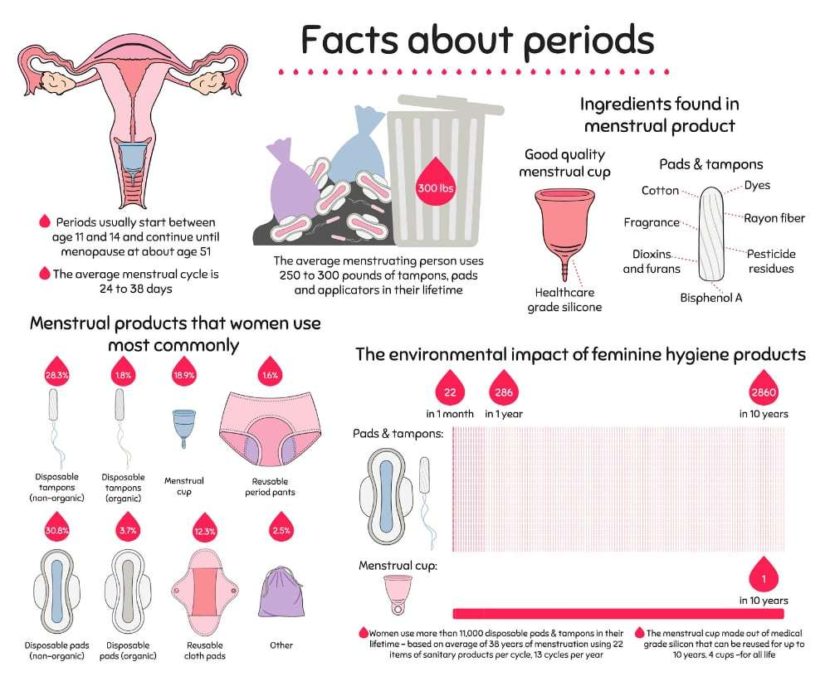
High-Quality Why Do Women Get Periods View in HD
Explore this high-quality why do women get periods image, perfect for enhancing your desktop or mobile wallpaper.

Serene Why Do Women Get Periods Picture Collection
Explore this high-quality why do women get periods image, perfect for enhancing your desktop or mobile wallpaper.

Mesmerizing Why Do Women Get Periods Scene for Mobile
Experience the crisp clarity of this stunning why do women get periods image, available in high resolution for all your screens.

Dynamic Why Do Women Get Periods Background Illustration
Find inspiration with this unique why do women get periods illustration, crafted to provide a fresh look for your background.

Crisp Why Do Women Get Periods Wallpaper Art
A captivating why do women get periods scene that brings tranquility and beauty to any device.
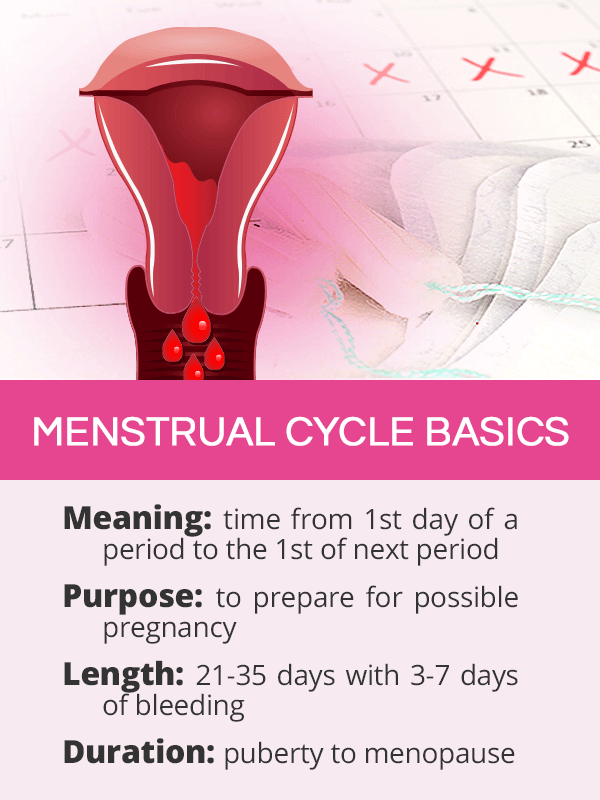
Spectacular Why Do Women Get Periods Abstract Nature
This gorgeous why do women get periods photo offers a breathtaking view, making it a perfect choice for your next wallpaper.

Stunning Why Do Women Get Periods Background in HD
Find inspiration with this unique why do women get periods illustration, crafted to provide a fresh look for your background.

Lush Why Do Women Get Periods Capture Nature
Immerse yourself in the stunning details of this beautiful why do women get periods wallpaper, designed for a captivating visual experience.

Breathtaking Why Do Women Get Periods Design in 4K
Explore this high-quality why do women get periods image, perfect for enhancing your desktop or mobile wallpaper.

Stunning Why Do Women Get Periods Picture for Your Screen
Find inspiration with this unique why do women get periods illustration, crafted to provide a fresh look for your background.

High-Quality Why Do Women Get Periods Background in HD
Experience the crisp clarity of this stunning why do women get periods image, available in high resolution for all your screens.
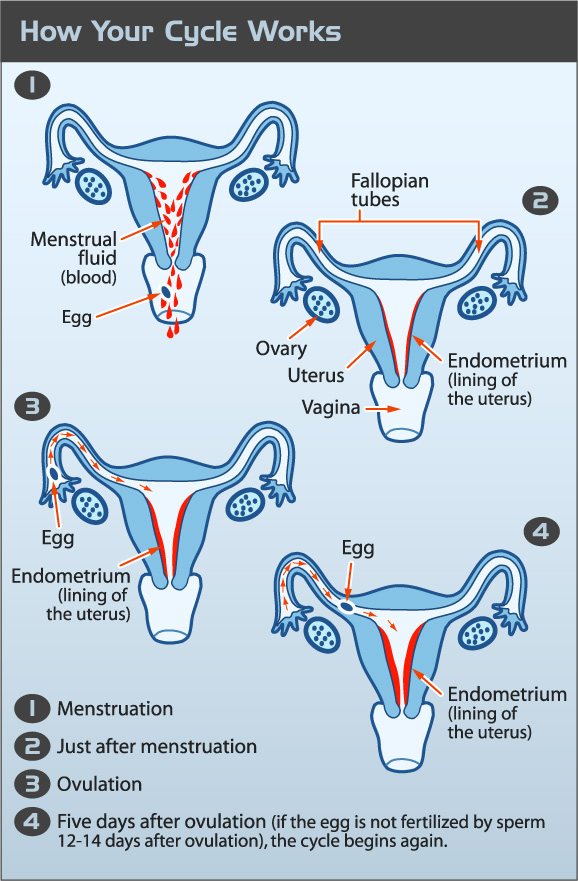
Exquisite Why Do Women Get Periods Artwork Digital Art
Find inspiration with this unique why do women get periods illustration, crafted to provide a fresh look for your background.

Serene Why Do Women Get Periods Wallpaper in HD
Transform your screen with this vivid why do women get periods artwork, a true masterpiece of digital design.

Lush Why Do Women Get Periods Picture for Desktop
Find inspiration with this unique why do women get periods illustration, crafted to provide a fresh look for your background.

Serene Why Do Women Get Periods Landscape Concept
Discover an amazing why do women get periods background image, ideal for personalizing your devices with vibrant colors and intricate designs.
Download these why do women get periods wallpapers for free and use them on your desktop or mobile devices.
0 Response to "Why Do Women Get Periods"
Post a Comment